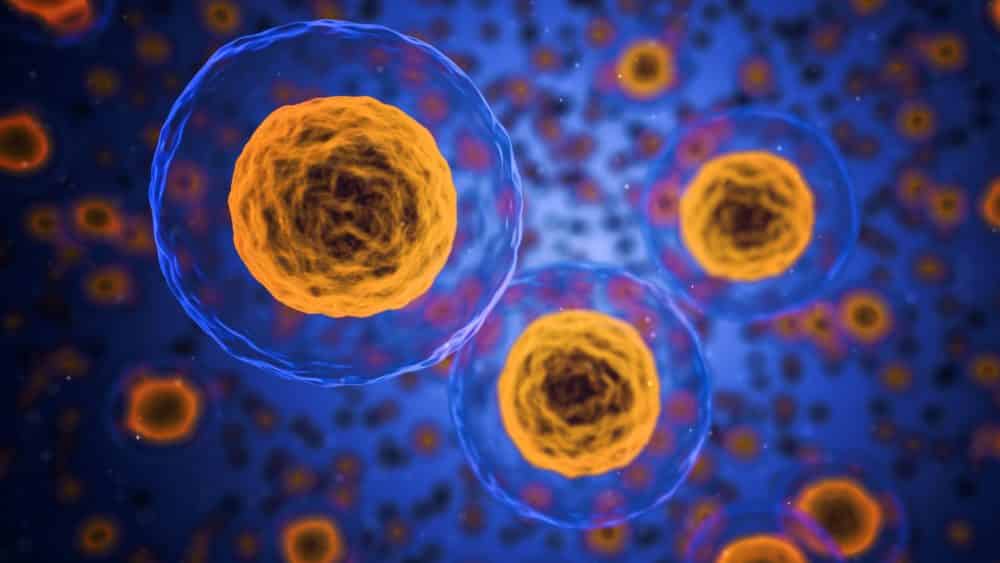New Portable, Low-Cost Microfluidic Device for Access to SC Sequencing
With high throughput and high levels of data at the single cell level, we are now gaining a new order of magnitude of information. Cells are the basic building blocks of organisms and each cell is unique. Single-cell sequencing has emerged as an indispensable tool to dissect the cellular heterogeneity and decompose tissues into cell types and/or cell states, which offers enormous potential for de novo discovery.
In spite of this progress, technological advances can be slow to permeate into resource-limited clinical arenas due to a variety of reasons related to cost, personnel requirements, space or infrastructure. Simply put, the bump in the road to this technological advancement is the lack of cost-effective and user-friendly instrumentation that remains challenging.
But now, researchers at the New York Genome Center (NYGC) and New York University (NYU) have taken steps to facilitate broad access to single-cell sequencing by developing a 3D-printed, portable and low-cost microfluidic controller.
“Most commercial microfluidic instruments are very costly; as a result, not every lab has access to exciting technology for single-cell analysis,” said William Stephenson PhD, Senior Research Engineer in the NYGC’s Technology Innovation Lab, who led the development of the instrument and is a lead author on the study. “We designed the instrument to perform droplet microfluidics and in particular Drop-seq, a massively parallel technology for single cell RNA-sequencing.”
In order to demonstrate this new device, the team deployed it in a clinical environment to perform single-cell transcriptome profiling of disaggregated synovial tissue from five rheumatoid arthritis patients.
The researchers collected samples from five RA patients totaling 20,387 cells and looked at the individual gene expression patterns for each cell. “This dataset gave us the opportunity to identify individual subpopulations of cells that could drive the progression of RA, even if they have not been previously characterized,” said Rahul Satija PhD, a Core Faculty Member at NYGC, Assistant Professor of Biology at NYU, and senior author on the study.
By analyzing the complete dataset and searching for clusters of similar cells, the researchers identified 13 groups, representing both infiltrating immune and inflamed stromal populations. Of particular interest were distinct groups of fibroblasts with strikingly different gene expression patterns. “Roughly an hour after surgical excision, individual cells from patient tissues were labeled for single-cell sequencing. From this work, we have classified unrecognized fibroblast subtypes that may prove to be important drug targets for our RA patients,” said Laura Donlin, Co-Director of the HSS Precision Medicine Lab and Assistant Professor at Weill Cornell Medicine, and a lead author on the study.
The authors envision that technology will soon be useful for profiling samples that are difficult to study in a standard lab, such as highly infectious samples in biocontainment facilities or samples being collected in field research settings. To facilitate its widespread use in the scientific and medical community, the instrument has been fully “open-sourced.”
The 3D-printed custom device, which, along with its electronic and pneumatic components, can be easily obtained and assembled for a total cost of about $600, plus, the device occupies a small footprint as well, not much larger than a tissue box.
“We hope that this instrument lowers the hurdles associated with performing single-cell transcriptome profiling experiments in basic research and clinical settings,” Dr. Stephenson said.































